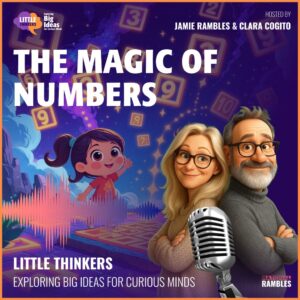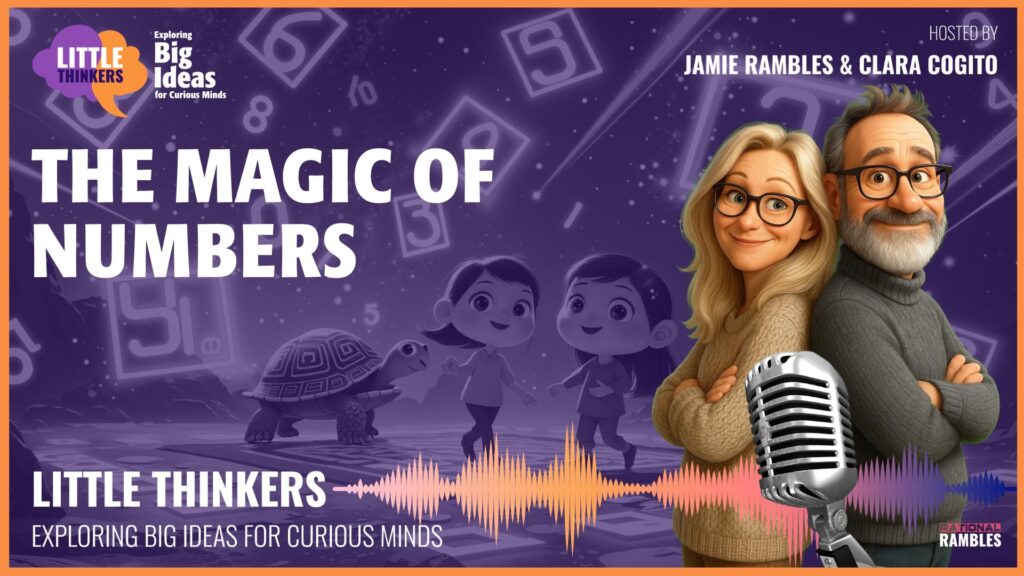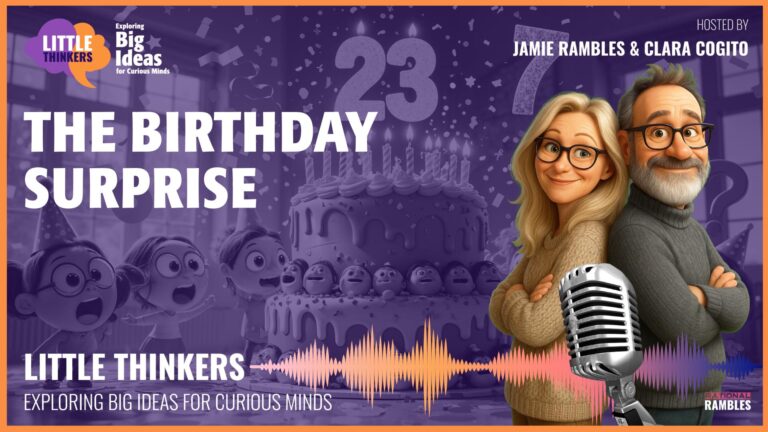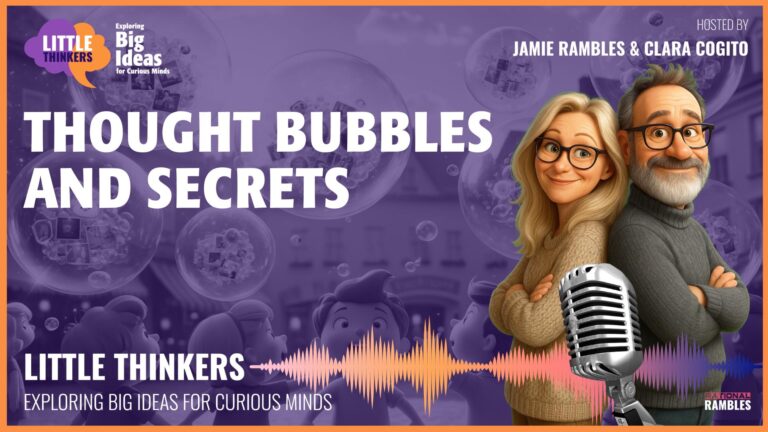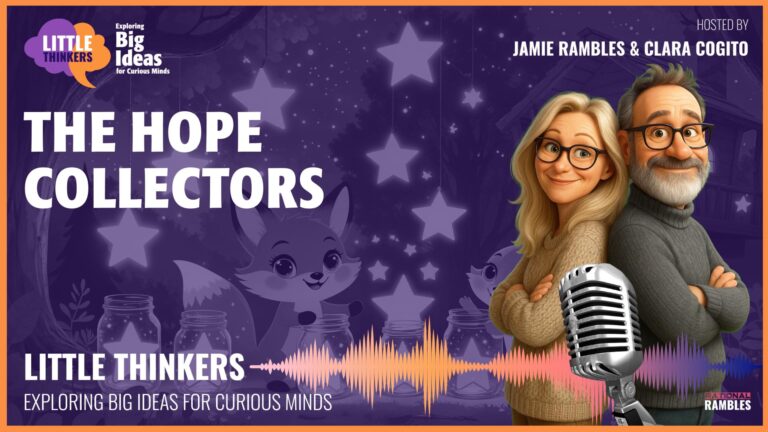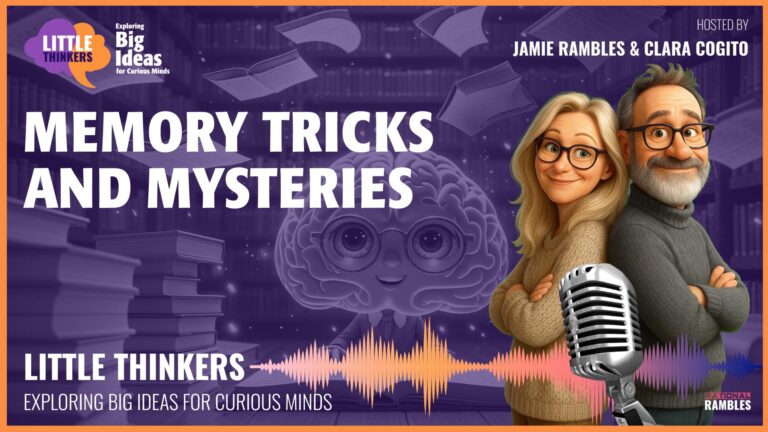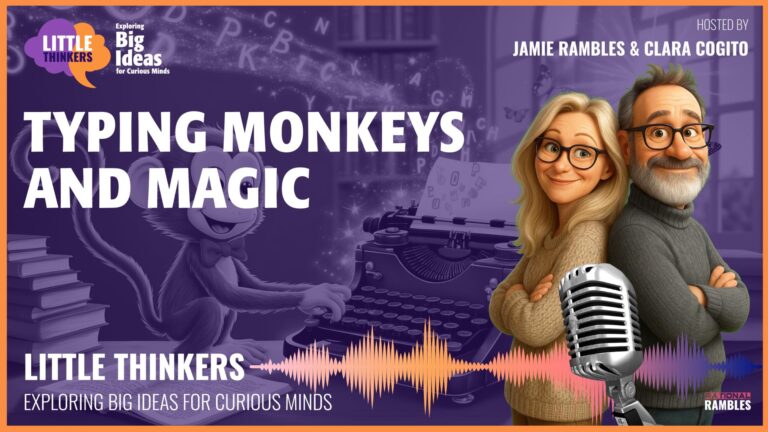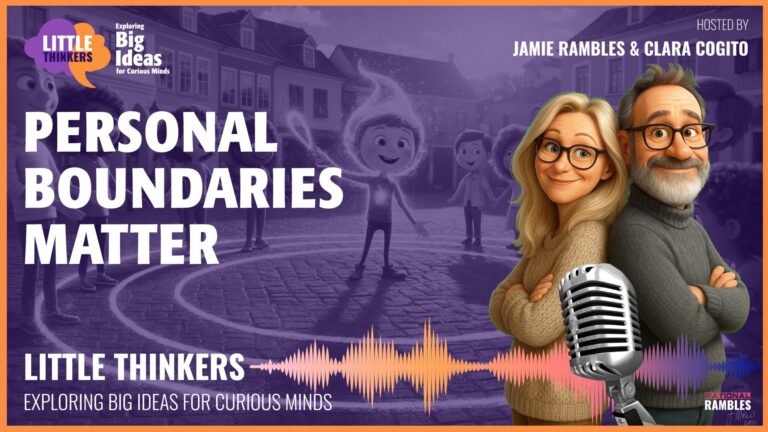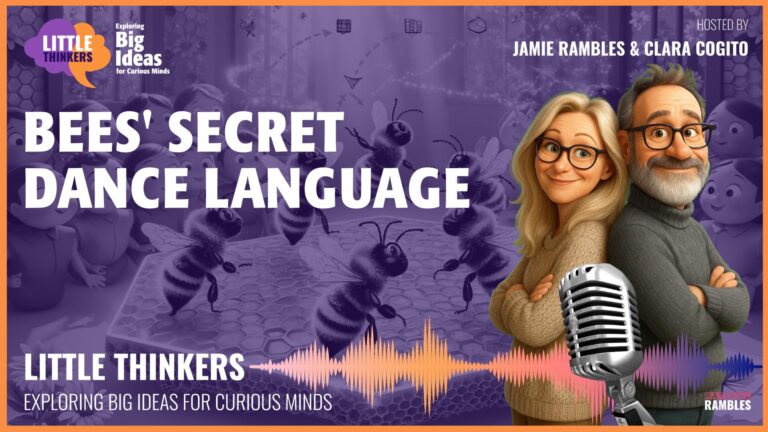The Amazing World of Magic Squares: Where Numbers Play Tricks!
What Are These Magical Number Puzzles?
Have you ever thought numbers could be magical? Not like rabbit-out-of-a-hat magic, but REAL math magic that has amazed people for thousands of years! Today we’re going to explore something super cool called magic squares – special number puzzles where the numbers seem to dance and do impossible things!
Imagine a waffle with little square pockets. Now imagine putting numbers in each pocket in a special way so that no matter which row or column you add up, you always get the same answer! It sounds impossible, but it’s real math magic!
How Do Magic Squares Work?
A magic square is a grid of numbers arranged in rows and columns (like a checkerboard). Each number gets its own special spot – no sharing allowed! When you arrange the numbers in just the right way, something amazing happens:
- Every row (going across) adds up to the same number
- Every column (going down) adds up to the same number
- Even the diagonals (corner to corner) add up to the same number!
This special number is called the magic sum. It’s like all the number families in the square agreed to be equal, no matter which direction you count them!
Let’s Try a Mini Magic Square!
The simplest magic square is a 3×3 grid (that means 3 rows and 3 columns, making 9 boxes total). For this square, we use the numbers 1 through 9, and the magic sum is 15!
When placed correctly, every row, every column, and both diagonals will add up to exactly 15. It’s like having different groups of friends, and somehow each group always has exactly 15 stickers when they count their collections together!
The Secret Behind the Magic
But wait – how do we know the magic sum should be 15 for a 3×3 square? Is it just random?
Nope! There’s actually a cool pattern. If we add all numbers from 1 to 9, we get 45 (1+2+3+4+5+6+7+8+9=45). Since we have 3 rows, each row gets 45÷3=15!
For bigger squares, like a 5×5 grid using numbers 1 to 25, the magic sum is 65. That means every row, column, and diagonal adds up to 65. It’s like having 5 teams in a scavenger hunt, and somehow each team always collects exactly 65 items!
A Fun Number Experiment
Try this at home! Draw a 3×3 grid on paper (like a tic-tac-toe board). Cut out 9 small squares of paper and write numbers 1 through 9 on them. Now try to arrange them so every row, column, and diagonal adds up to 15. It’s tricky but super satisfying when you solve it!
Magic Squares Throughout History
Would you believe people have been playing with magic squares for thousands of years? That’s way before computers, calculators, or even before many of the books we have today!
The oldest known magic squares were discovered in China about 2,000 years ago. That’s older than your grandparents’ grandparents’ grandparents!
The Turtle with Math on its Shell
There’s an ancient Chinese legend about a special turtle that came out of the Lo River with a magic square pattern on its shell! It’s just a story, but it shows how amazing these number patterns seemed to people long ago.
People all around the world discovered magic squares – in ancient India, Arabia, and Africa. Some people thought magic squares had special powers and wore them like lucky charms! Imagine wearing a math problem as a necklace to bring you good luck on your spelling test!
Why Are Magic Squares So Special?
Magic squares aren’t just fun puzzles – they show us something amazing about numbers and patterns. They remind us that math isn’t just about getting right answers on homework; it’s about discovering beautiful patterns in the world around us!
Squares Inside Squares: Double the Magic!
In some extra-special magic squares, there are even more patterns to find! Sometimes, if you take just four numbers that make a smaller square inside the big square, they also add up to a special number. It’s like finding a treasure chest, and inside there are more tiny treasure chests!
Magic Squares in Modern Times
You might think magic squares are just old-fashioned puzzles, but they’re still super important today! Scientists and computer experts use the patterns in magic squares to:
- Create secret codes for computers
- Design experiments
- Make video games more interesting
- Solve tricky math problems
That’s right – the math magic that amazed people 2,000 years ago is helping to create the video games you might play today! Math is like a super-power that works across time!
Magic in Art
Did you know artists love magic squares too? A famous artist named Albrecht Dürer included a magic square in his artwork all the way back in 1514! He even cleverly included the year 1514 in the bottom row of his magic square. It was like hiding a secret message in his painting!
Next time you visit an art museum, look closely – you might find math hiding in the art!
How to Make Your Own Magic Square
Making your own magic square takes some brain power, but it’s super fun! Here’s how to start with a simple one:
- Draw a 3×3 grid (like a tic-tac-toe board)
- Get the numbers 1 through 9 ready
- Remember your goal: make every row, column, and diagonal add up to 15
- Try putting 5 (the middle number) in the center square
- Keep trying different arrangements until it works!
Don’t worry if it takes some time – even grown-up mathematicians sometimes need to try many times before finding the right pattern. The fun is in the puzzle-solving!
Magic Square Challenges
Once you master the 3×3 square, you could try these bigger challenges:
- Make a 4×4 magic square (using numbers 1-16)
- Create a magic square using only even numbers
- Make a magic square where the numbers make a picture or pattern
Why Does This Matter?
You might wonder, “Why should I care about magic squares?” Well, magic squares teach us something super important: math isn’t just about doing calculations – it’s about finding amazing patterns and connections!
When you play with magic squares, you’re exercising your brain in the same way ancient scholars did. You’re connecting with a puzzle that has fascinated people across time and around the world.
Magic squares show us that math can be like a playground – full of surprises, patterns, and joy! They remind us that numbers aren’t just for homework – they can create beautiful patterns that seem almost magical.
Your Turn to Discover the Magic!
The next time someone says math is boring, you can tell them about magic squares! They’re like number puzzles that have amazed people for thousands of years and still help create modern technology today.
Remember, when you explore math with curiosity and playfulness, you’re joining a long line of curious minds who have discovered amazing patterns in numbers. Who knows what mathematical magic you might discover next?
So grab some paper, draw a grid, and start arranging numbers. The magic is waiting for you to find it!


